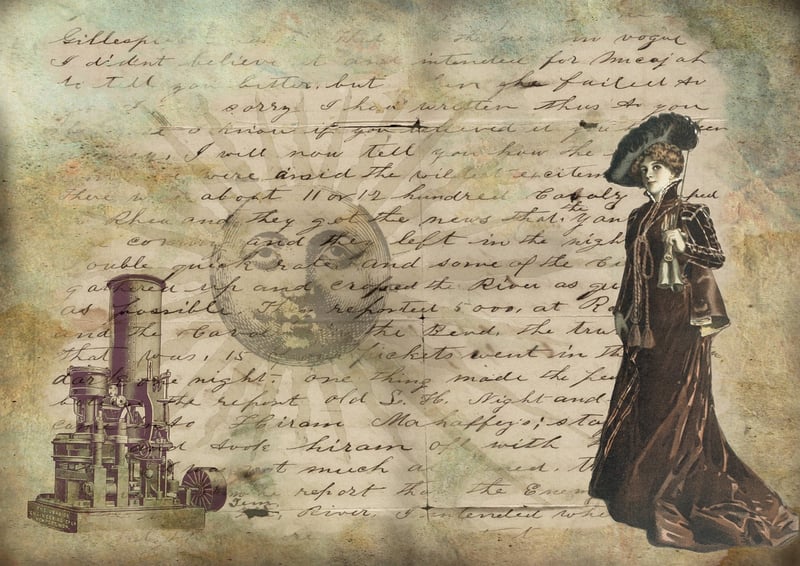Historical Etiquette
Guidance for Time Travelers: Navigating Historical Etiquette
Introduction
Welcome, time traveler! As you embark on your journey through different eras, it's crucial to understand the nuances of historical etiquette to avoid any cultural faux pas. This guide aims to provide you with essential tips to navigate social norms and customs gracefully.
Ancient Civilizations
When visiting ancient civilizations such as Egypt or Rome, remember to show respect to rulers and officials. Bowing or offering gifts may be customary. Dress modestly and be prepared to remove your shoes before entering sacred spaces.

Medieval Europe
In medieval Europe, courtesy and chivalry were highly valued. Address nobility with appropriate titles like "My Lord" or "My Lady." Table manners were important, so wait to be seated and follow the lead of your host before eating.

Victorian Era
During the Victorian era, formalities were paramount. Proper greetings, such as bowing or curtsying, were expected. Pay attention to dress codes, especially for different occasions like balls or tea parties. Mind your language and avoid topics considered improper.

Roaring Twenties
The 1920s were a time of social change and liberation. Embrace the spirit of the Jazz Age with glamorous attire and dance moves. However, remember to address people by their titles and surnames unless given permission to use their first names.

Conclusion
By understanding and respecting historical etiquette, you can enhance your time-traveling experience and forge meaningful connections with people from different time periods. Remember, a little preparation goes a long way in making your journey a success!
Safe travels!
